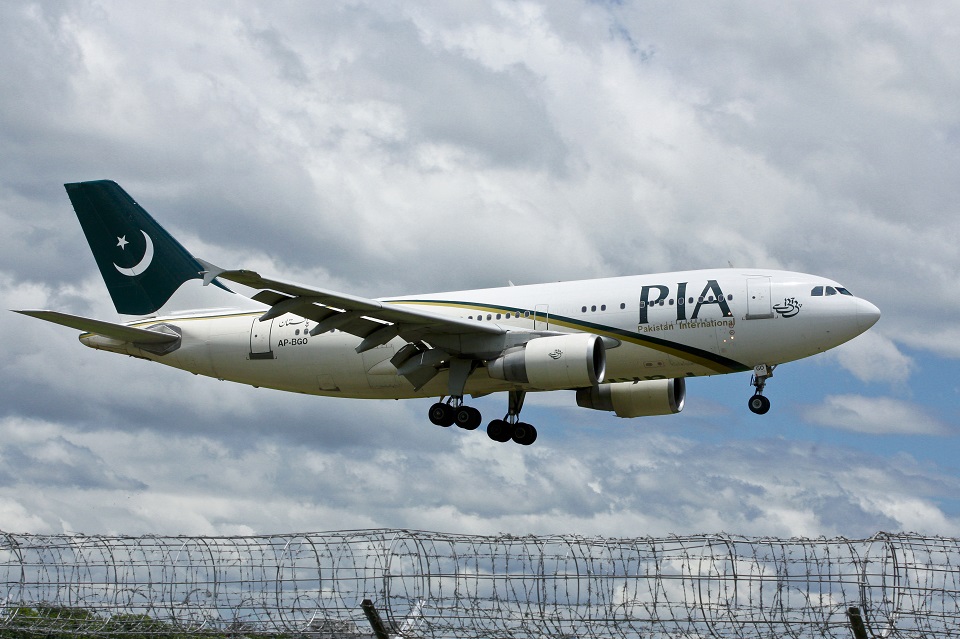Civil Aviation
These are the challenges for potential PIA buyers.

Some of the drawbacks of PIA, if sold, are challenges that can be managed if companies take the initiative to address the airline’s debt issues.
European Ban: A Major Setback
The airline has been banned in Europe since 2020, which is about four years now, following the discovery of fake pilot licenses. After a routine audit, the European Union Aviation Safety Agency (EASA) determined that PIA did not have enough qualified crew to operate flights safely. This ban is one of the major reasons for the airline’s struggles, as meeting the high operational standards required in Europe would be challenging for any potential buyer.
Financial Instability: A Struggle for Profitability
PIA’s financial struggles are partly due to insufficient revenue generation, which has led to ongoing losses. This lack of profitability is a significant factor contributing to its financial instability. Poor decision-making by the government, combined with hiring unqualified staff due to corruption, has further exacerbated the airline’s financial issues.
Overstaffing and High Operational Costs
The airline has also been burdened with an oversized workforce, leading to one of the highest employee-to-aircraft ratios in the industry and unnecessary overhead costs. Additionally, poor maintenance practices and outdated aircraft have driven up operational expenses, while frequent delays and cancellations have tarnished its reputation.
Failure to Adapt: Missed Opportunities for Modernization
PIA has also failed to adapt to changing market conditions, such as investing in fuel-efficient aircraft or implementing modern booking systems to attract tech-savvy passengers. The airline’s resistance to restructuring and reluctance to adopt global best practices have further placed it at a disadvantage. To remain competitive, PIA must upgrade its fleet and improve operations to meet the expectations of today’s customers.

